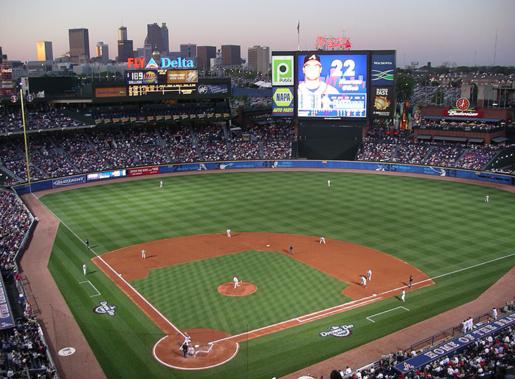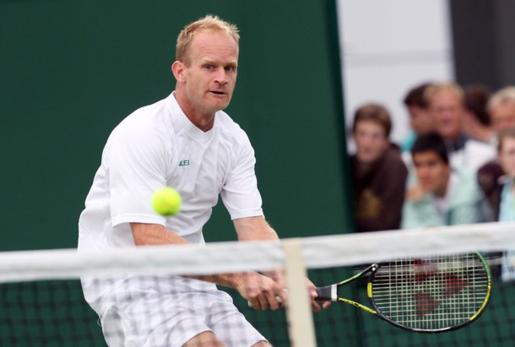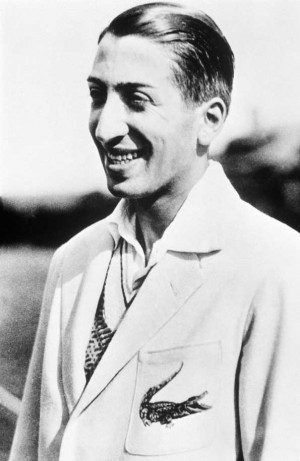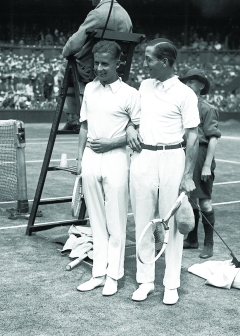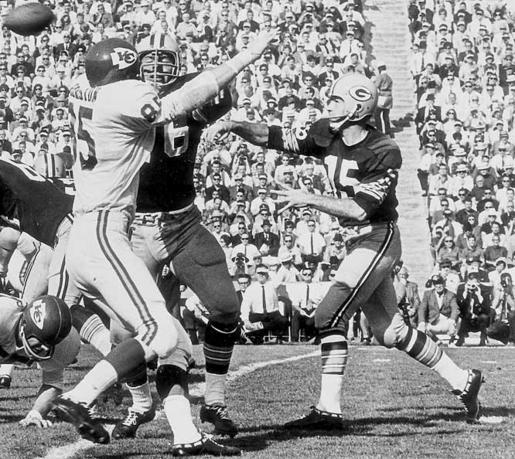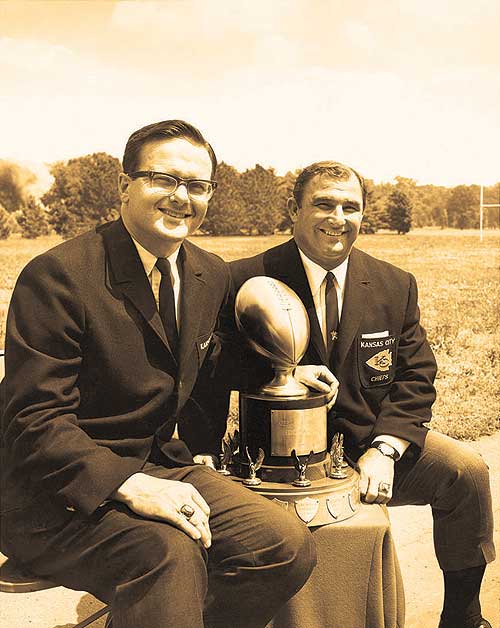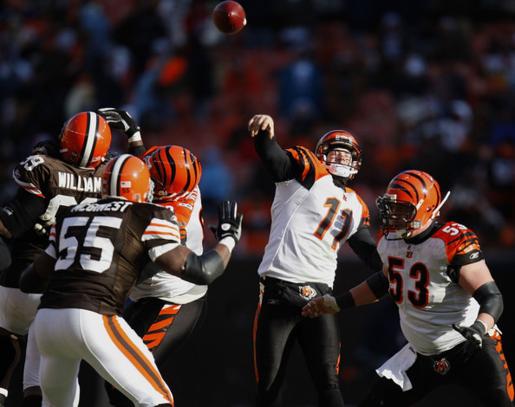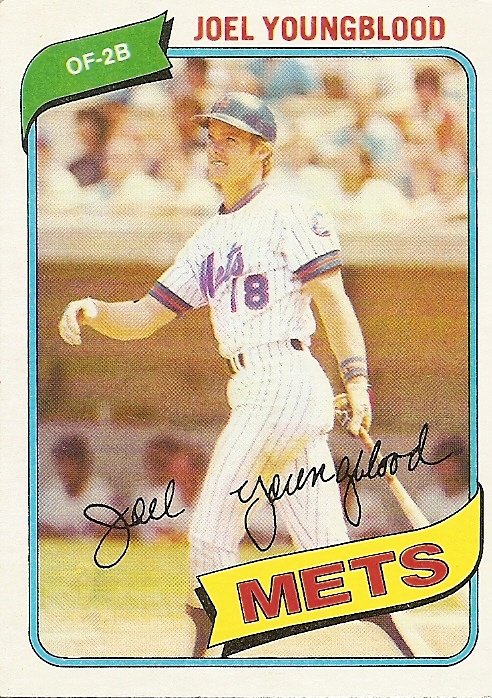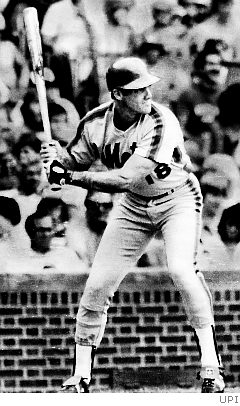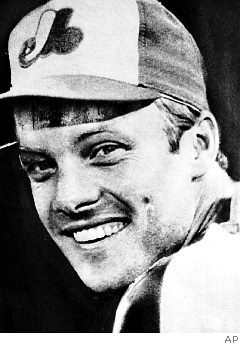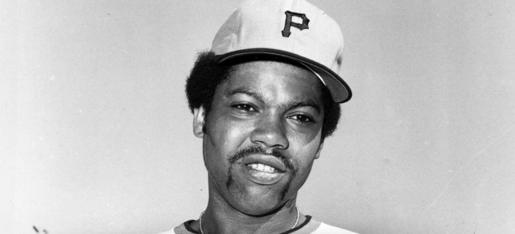Did Wade Boggs Seriously Drink 64 Cans of Miller Lite on a Cross Country Flight?
Here is the latest in a series of examinations into urban legends about baseball and whether they are true or false. Click here to view an archive of the baseball urban legends featured so far.
BASEBALL URBAN LEGEND: Wade Boggs once drank 64 cans of Miller Lite on a cross-country flight.
Wade Boggs was one of the best third baseman in Major League Baseball history and was inducted into the Baseball Hall of Fame in 2005.
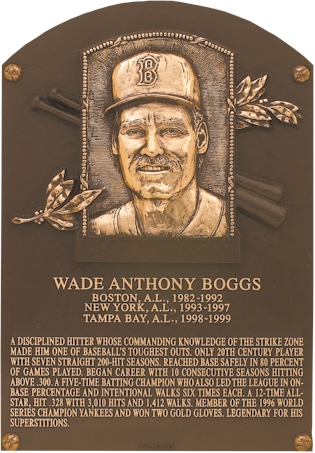
Boggs also happened to be quite a drinker.
Boggs played for the New York Yankees for a number of years (even winning the World Series with the Yankees in 1996)…

While there he played with pitcher Jeff Nelson for a couple of seasons…

Nelson was on a radio show in 2004 when he made some interesting claims about Boggs’ drinking habits…
Nelson: Oh, I’d say, on a typical road trip, east coast to west coast, say a road game to Seattle……Wade would drink anywhere between 50 and 60 beers.
Show’s Host: NO WAY!! 50 or 60 beers. That is impossible.
Nelson: No, I know…I know how crazy that sounds, and I wouldn’t believe it myself unless I saw him do it…..numerous times. And he drank nothing but Miller Lite.
Host: How in the hell did he have time to drink that many beers. For God’s sake, how many times did he have to go to the bathroom?
Nelson: I’m not kidding you Steve. Seriously. Wade was the kind of guy who was always the first one at the club house. So he’d get to the clubhouse, and he’d bring a six pack with him. He’d be there drinking a beer when someone showed up, and as we were all packing our stuff up out of our lockers and getting our bags ready for the trip, Wade would sit there and drink that whole six pack.
Now, at the time, we were flying out of New Jersey, so it was somewhat of a drive from Yankee stadium to the airport in New Jersey. Wade would drink another couple of beers on the bus to the airport. At the time, we were flying this older airplane, it couldn’t make it across the country without refueling, and it wasn’t the fastest airplane in the sky. So we would stop in North Dakota or something. Wade would drink about a half rack between New Jersey and North Dakota, and it would take about a half-hour to an hour to refuel once we got there, so he’d have a few more beers while we were grounded in North Dakota.
Once we got back up in the air, Wade would drink another 10, 11, 12 beers on the way out to the west coast. The whole flight from coast to coast ususally took us well over 7 hours. We’d touch down at Sea-Tac, hop on the bus headed to the Kingdome, and Wade would have another beer or two on the bus. Then, all of us would get to the Kingdome and unpack our bags and sit around and BS with eachother, and Wade would have a beer in his hand the entire time. He was always one of the last people to leave the club house too. So I’d say that all in all, he drank over 50 beers on the trip, and this wasn’t just an isolated incident, he did that almost every time.
Boggs finished his career on the Tampa Bay Devil Rays…
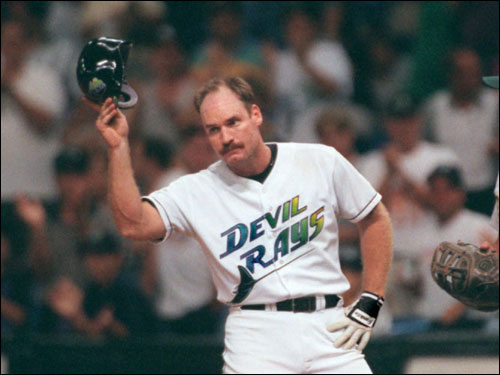
and while there, he played with Paul Sorrento…
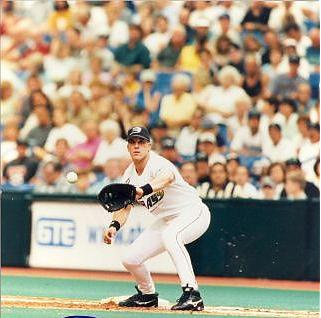
who also had played with Nelson in Seattle.
So Nelson called up Sorrento to verify his tale…
Nelson: Yeah, alright Paul, I need you to answer one question for me, truthfully now….How many beers would Wade Boggs drink on an east coast to west coast road trip?
Sorrento: Oh, jeez, (exhaling like a flat tire) I don’t know, like 70.
Boggs was asked about the story on Pardon the Interruption soon after his election in 2005, and he denied it. He admitted that he would drink a lot of beers, but not nearly that many.
So let’s take a look into seeing if this story is legit…
Read the rest of this entry »


